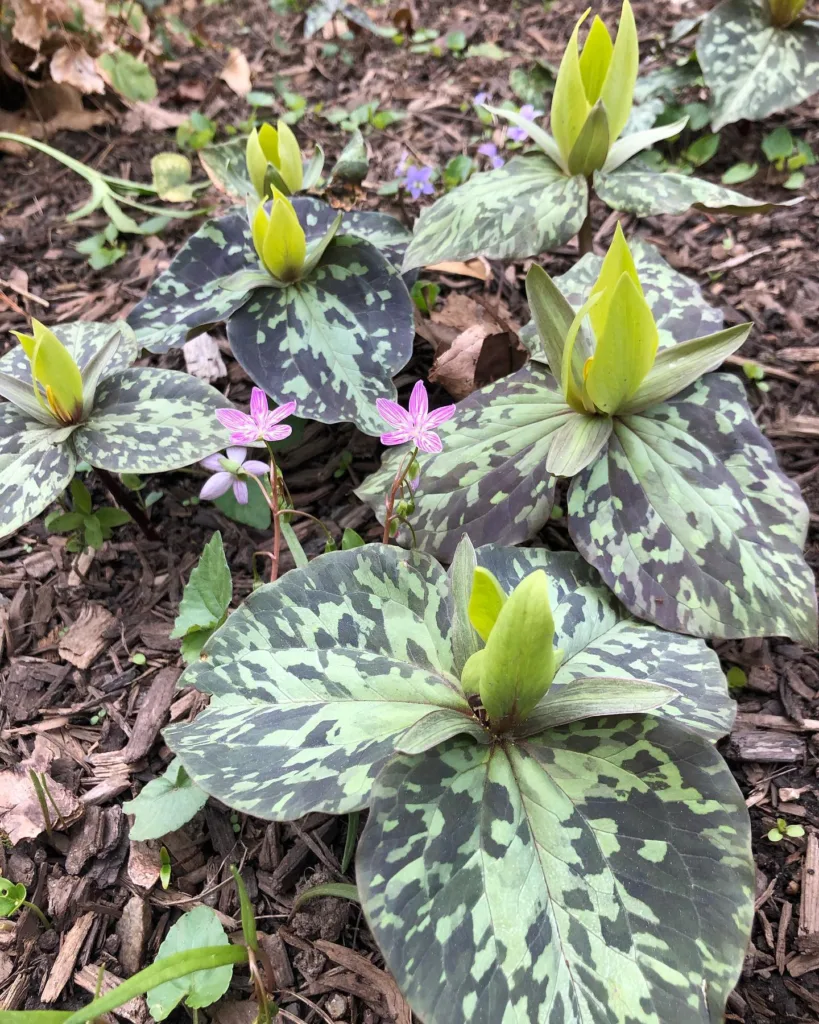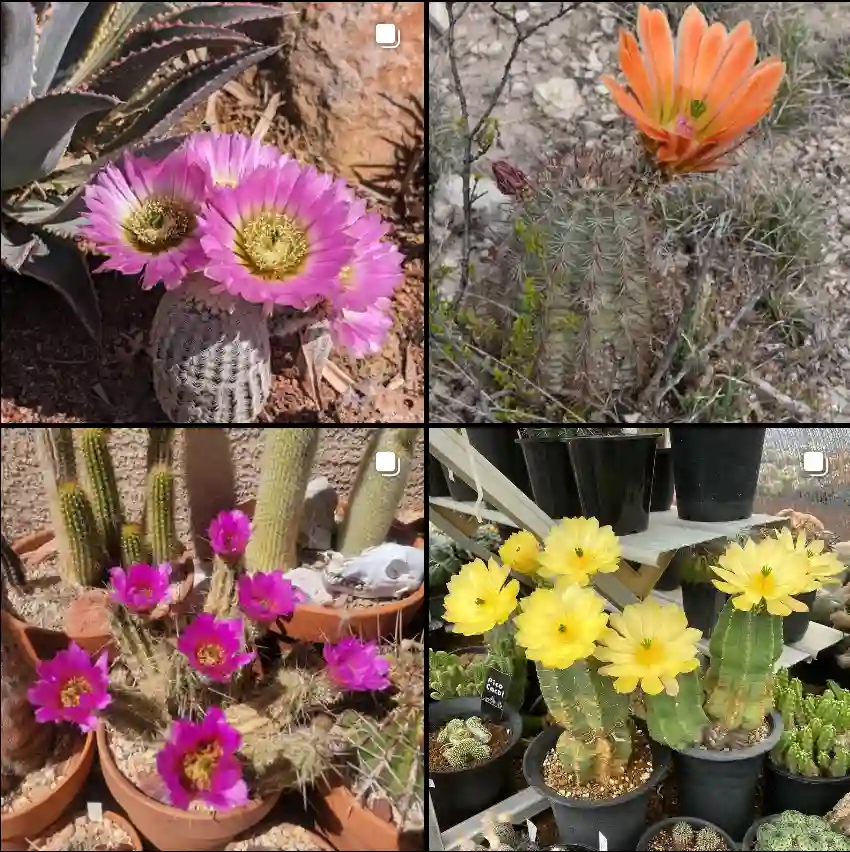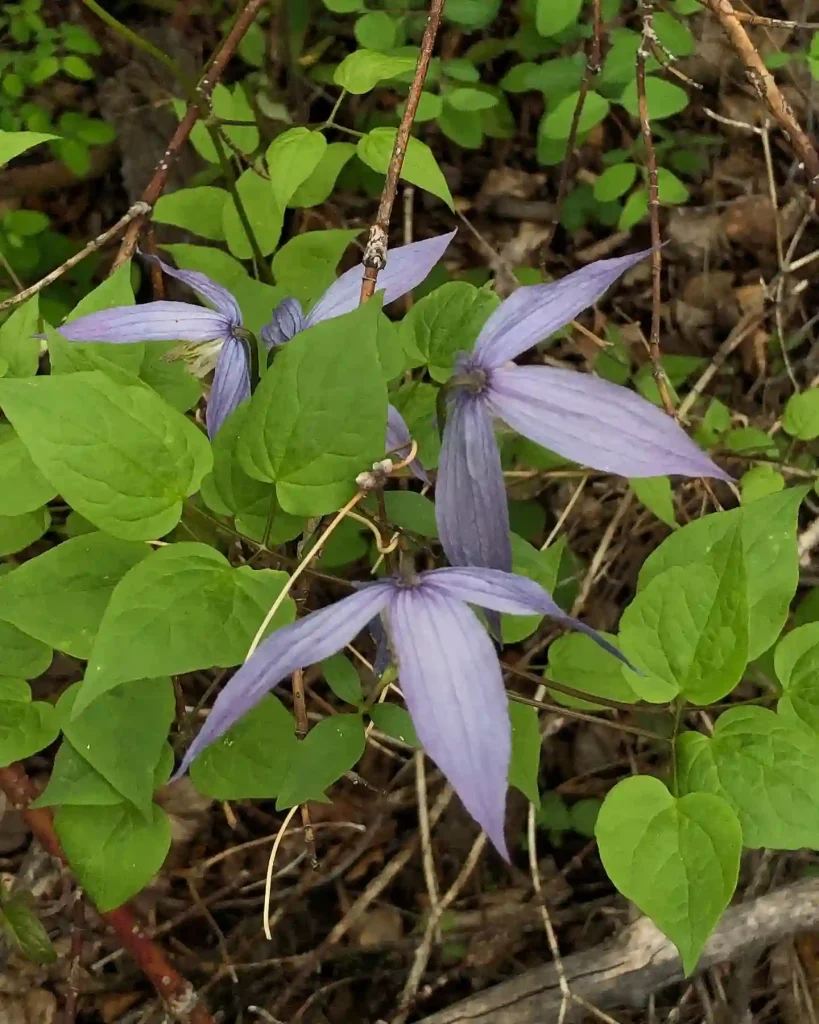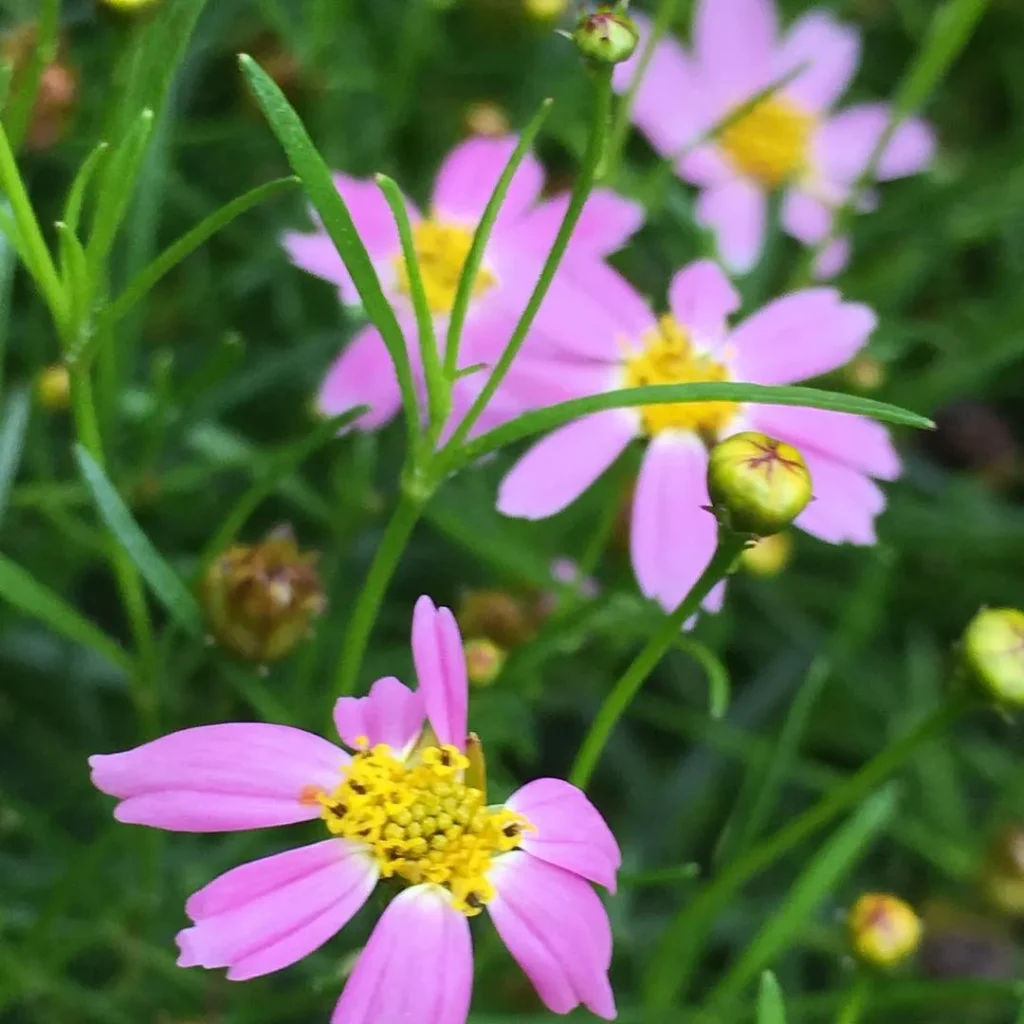Exploring the Hanguanaceae Family: A Deep Dive into Hanguana
As an avid plant enthusiast, I’ve always found the diversity of plant families fascinating. One family that has piqued my interest recently is the Hanguanaceae family, particularly its sole genus, Hanguana. This family may not be as well-known as some others, but it has unique characteristics that deserve attention.
What is Hanguanaceae?
The Hanguanaceae family is a group of monocotyledonous plants predominantly found in tropical regions. It includes the genus Hanguana, which consists of herbaceous plants with a distinctive appearance. The family is primarily known for its aquatic and semi-aquatic habitats, thriving in swampy areas and wetlands. This specific habitat preference is crucial, as it allows Hanguana species to adapt to unique environmental conditions.
Discovering the Hanguana Genus
Within the Hanguanaceae family, the Hanguana genus stands out. Hanguana is notable for its striking flowers and unique leaf structure. These plants often have broad, strap-like leaves that can reach impressive lengths. What I find particularly interesting is how these plants often cluster together, creating beautiful, lush displays in their natural habitats.
Characteristics of Hanguana
One of the most striking features of Hanguana species is their inflorescence. The flowers are typically arranged in dense spikes, with each flower exhibiting a creamy white or pale yellow color. This feature is particularly attractive to pollinators, including various species of bees and butterflies. Observing these pollinators interacting with the flowers is a reminder of the vital role these plants play in their ecosystems.
Additionally, Hanguana species exhibit deciduous behavior. This means they lose their leaves seasonally, which is an adaptation to their watery environments. During the dry season, the plants may appear barren, only to burst back to life with new growth when the rains return. Witnessing this cycle can be quite mesmerizing.
The Ecological Importance of Hanguana
Hanguana species play a significant role in their ecosystems. Their roots help stabilize the soil in wetland areas, preventing erosion. This is especially important in regions prone to flooding, where the loss of vegetation can lead to severe soil degradation. Furthermore, these plants provide habitat for various aquatic organisms, creating a thriving ecosystem in their native regions.
I’ve always been drawn to the interconnectedness of plants and their environments. The way Hanguana interacts with its surroundings is a perfect example of this. By providing shelter and food for wildlife, Hanguana contributes to the overall health of its ecosystem.
Cultivating Hanguana
For those interested in horticulture, cultivating Hanguana can be a rewarding endeavor. While these plants are primarily suited for tropical environments, they can also be grown in garden ponds or water features. I’ve experimented with incorporating Hanguana into my own garden, and it’s proven to be a delightful addition.
When cultivating Hanguana, it’s essential to replicate their natural habitat as closely as possible. This includes providing plenty of water, as well as ensuring they receive ample sunlight. In my experience, these plants thrive when given the right conditions, resulting in lush foliage and beautiful flowers.
Challenges in Cultivation
However, I’ve faced challenges while growing Hanguana. One significant hurdle is managing water levels, as too much or too little can adversely affect their growth. I’ve learned that regular monitoring and adjustments are crucial to keep these plants healthy. Additionally, because they thrive in warm, humid conditions, they may require special care if grown outside their native climate.
Conservation and Future Prospects
Despite their ecological significance, Hanguana species face threats from habitat destruction and climate change. As wetlands are drained for agriculture and urban development, the natural habitats of these plants are disappearing.
I believe that raising awareness about the importance of the Hanguanaceae family is crucial for conservation efforts. By appreciating these unique plants and their role in the ecosystem, we can contribute to their preservation.
Conclusion
The Hanguanaceae family, particularly the Hanguana genus, offers a wealth of ecological knowledge and aesthetic beauty. As I continue to learn about these fascinating plants, I am reminded of the intricate connections that exist in our natural world. Whether it’s their stunning flowers, the wildlife they support, or their resilience in challenging environments, Hanguana embodies the spirit of biodiversity.
As we delve deeper into understanding plant families like Hanguanaceae, we uncover the vital roles they play in our ecosystems. Let’s continue to explore and appreciate these plants, ensuring they thrive for generations to come.
If i die, water my plants!



